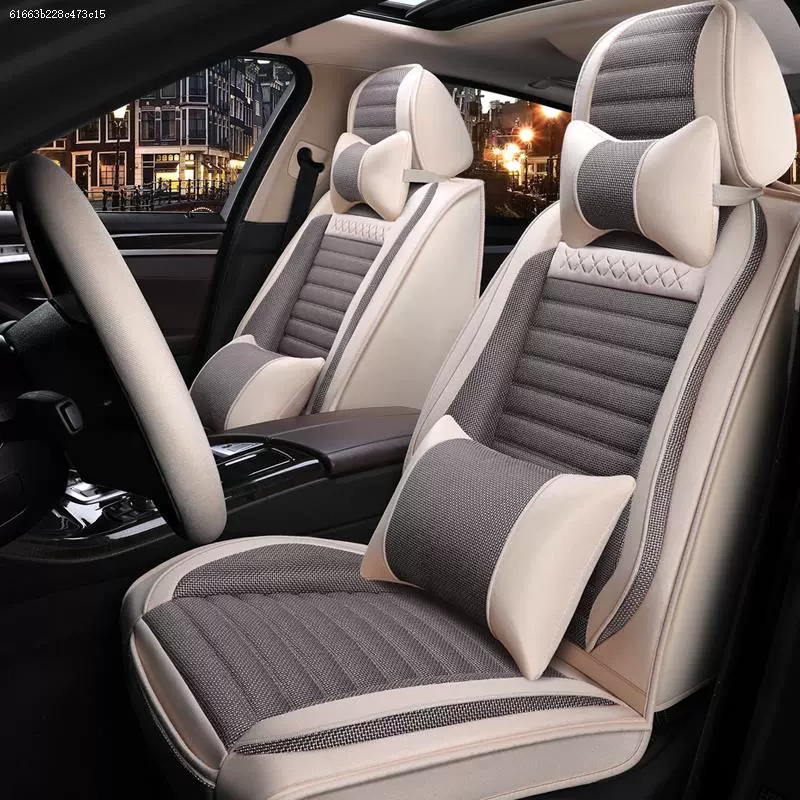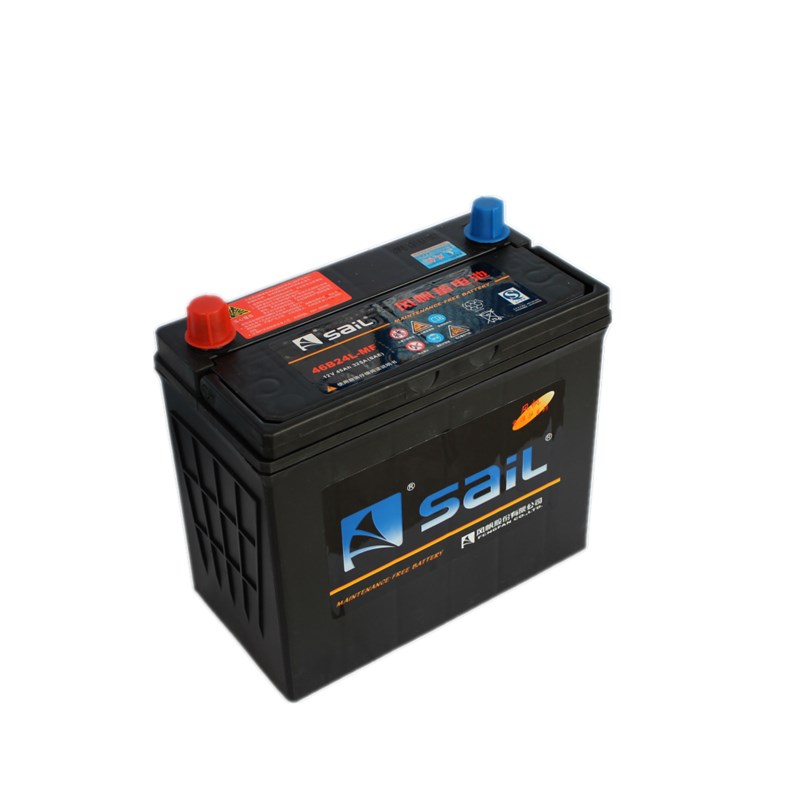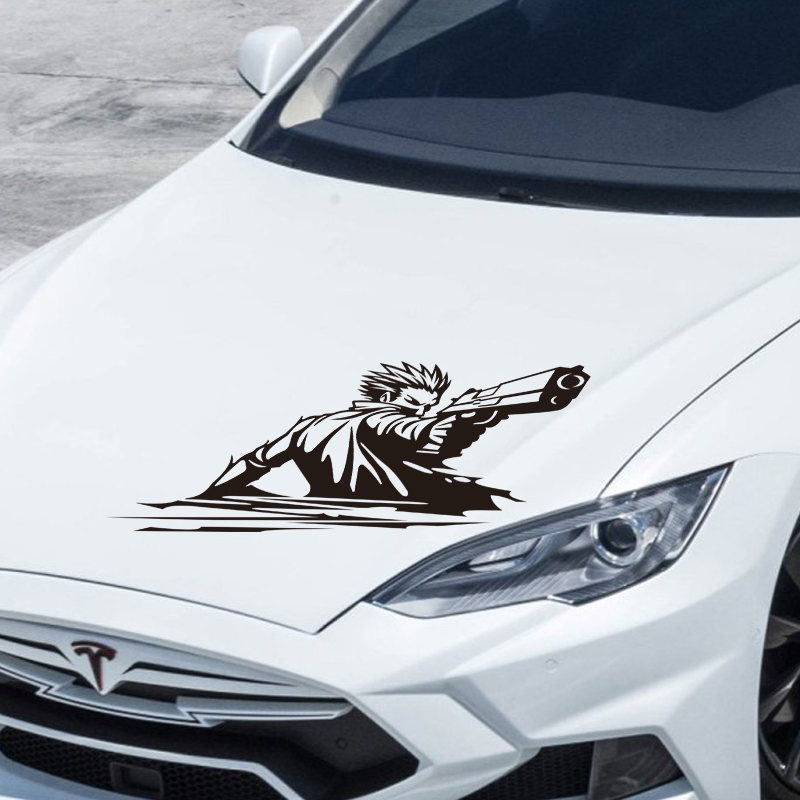
Why weigh down a self-driving car with a lot of sensors, HD maps, and equipment when you don’t have to?
That's the philosophy of British startup Wayve. It claims it only needs a camera, GPS tracker, and a powerful computer to be able to drive anywhere autonomously.
But experts who specialize in sensing technologies like light-based LiDAR and radar say the idea mostly comes across as preposterous -- or the very least, short-sighted.
Most self-driving cars decide how to drive down a street as it happens -- picking up information about debris in the way, pedestrians on the sidewalk, the sun starting to set in the distance. Wayve doesn’t try to interpret that much data since it can’t really pick up much from its cameras. Instead it relies on training data already plugged into the system and information from past driving experiences, along with any “reinforcement” data, which is any information about the street from the human driver.
In a blog post about its human-driven method, the company said last week it knows its system takes a different and slower approach: "With each safety-driver intervention, our system learns and will improve, rather than buckle with scale. It will take us longer to reach our first deployment, but we are riding a fundamentally different curve."
The experts Mashable talked to, however, didn't think it was a great idea.
"It's lunacy," said Rick Tewell, COO at Velodyne LiDAR. "AI performs a lot better with a lot more data than less data."
SEE ALSO:People still fear self-driving cars a year after Uber fatal crashSelf-driving cars ultimately need reliable, strong data sources to increase safety. Cost is certainly an issue, but as more of the sensing equipment is manufactured, the cost goes down. A LiDAR system used to be thousands of dollars only a few years ago. It's already down to about $1,000 or less. Radar tech is even cheaper.
In terms of cost, Wayve says its sensor and computing costs are 10 percent of "traditional approaches." But for car makers veering into autonomous vehicles and well-funded startups, saving some money for a simplified system isn't a priority.
 LiDAR sensors guide this autonomous vehicle.Credit: voyage
LiDAR sensors guide this autonomous vehicle.Credit: voyageLeilei Shinohara, vice president of R&D at RoboSense, doesn't understand why you wouldn't want everything sensors can provide. "Sensors can get details that the human eye can't," he said in a phone call from China.
Even if you only have a LiDAR sensor as a safety redundancy, you want to have that on the vehicle -- another fatal Uber or Tesla Autopilot crash has to be prevented. "You may only use LiDAR 5 percent of the time in certain situations if radar fails or is incomplete," but you still want it for those instances, he explained. If a random scenario like a paint truck spilling paint all over a self-driving car happens, cameras and LiDAR sensors might be blocked, but radio-wave sensing radar system will take over.
It all comes down to safety as Matt Weed, Luminar Technologies director of technology strategy, said in a call Monday. Even in all the unlikely "edge" cases, self-driving cars need to be truly driverless and able to handle those moments.
"The whole point of self-driving cars is to be safer than a human driver," he said. Why you would eliminate technology that maximizes safety inputs doesn't compute, "You want to be able to get as much good information about the world as you can."
 So much to take in.Credit: Luminar
So much to take in.Credit: LuminarRaviv Melamed, CEO and co-founder of radar sensor company Vayyar Imaging, said in a call Monday from Israel, that the more sensing and perception systems the better -- even if it's a combination of cameras, LiDAR, and radar packages.
"People understand you have to have robustness if you want to have safety" for self-driving cars, he said.
It's that desired robustness that clashes with Wayve's simplified self-driving outlook. You can almost envision Wayve's method as new teen driver with no experience getting behind the wheel compared with a practiced driver trying to improve and become more skilled. Both ways might get us to computer-driven cars eventually, but one way seems more likely to ease a skeptical public, wary of self-driving technology.
UPDATE: April 12, 2019, 9:31 a.m. PDT Wayve co-founder Alex Kendall responded with more details on the Wayve method and computer vision.
He explained that the company's machine learning system can work with any sensor set -- or none at all. "The most important part is that we use end-to-end machine learning to make decisions and drive the car," he wrote in an email.
For him, it's about capturing quality data rather than volume since "not all data is equal."
Featured Video For You
Stanford’s automated car learns to handle curveballs like a pro



